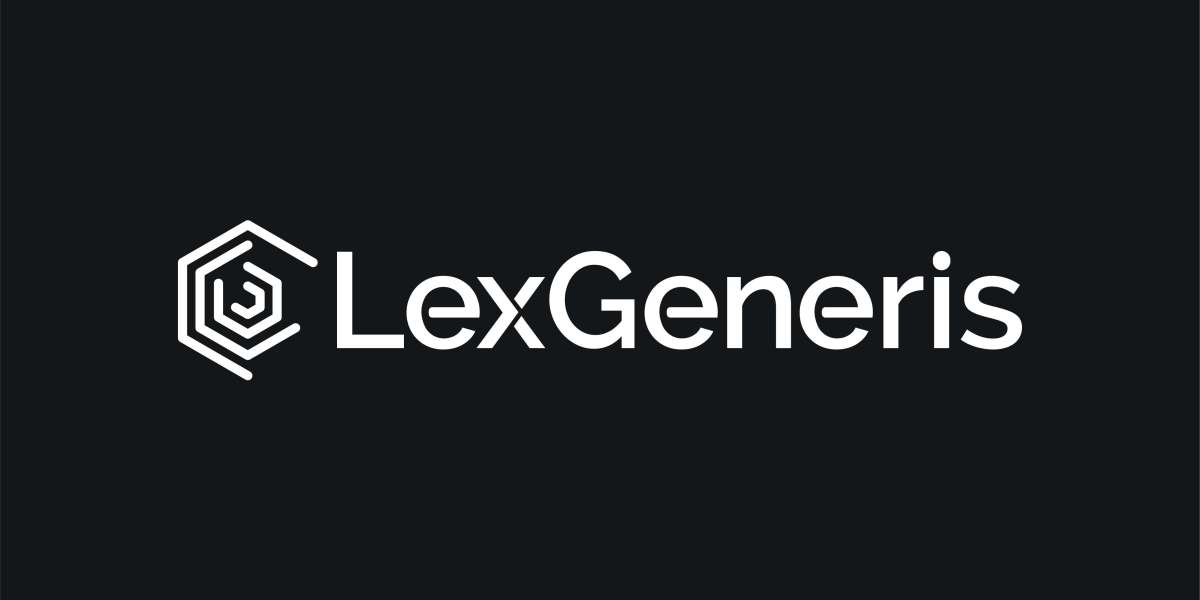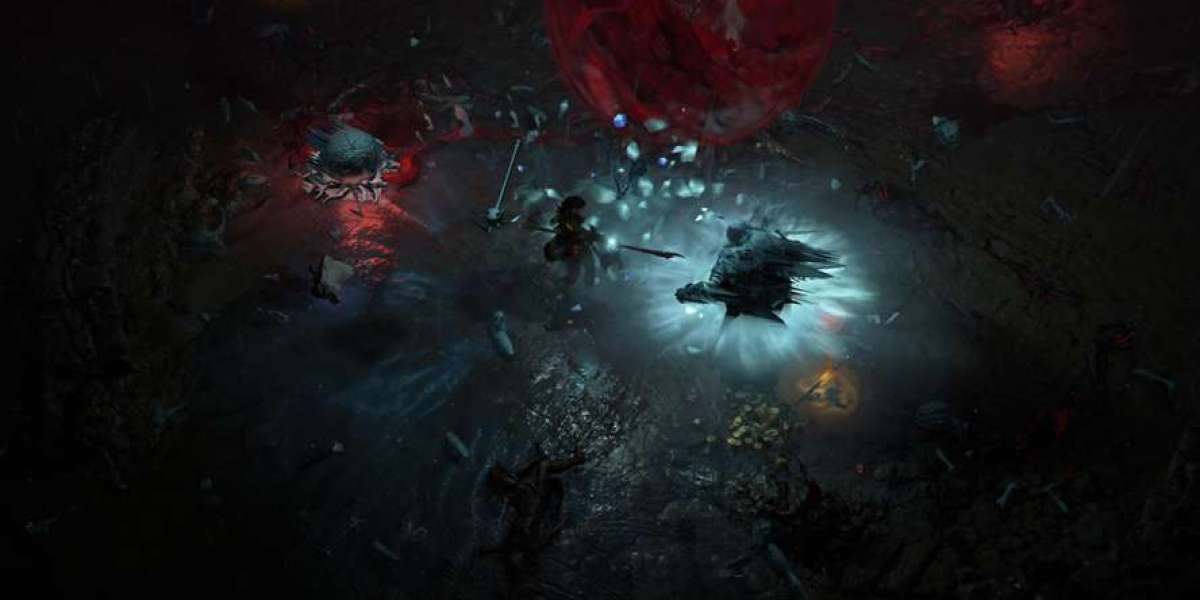In recent years, patent filings have focused on pattern recognition, which is at the heart of many AI applications. As AI continues to transform industries, the ability to recognise patterns in data becomes increasingly valuable. This article delves into the complex relationship between pattern recognition and AI Patent Attorney Australia patents, examining key areas of patentability, challenges, and emerging trends.
Pattern Recognition: A Patentable Invention
To be eligible for patent protection, an invention must typically meet several criteria, including novelty, non-obviousness, and industrial applicability. While pattern recognition techniques may be well-known, their novel applications and implementations are frequently patent eligible. For example, a novel algorithm for detecting patterns in medical images for disease diagnosis may be patentable. Furthermore, integrating pattern recognition with other technologies can result in patentable inventions. Combining pattern recognition with robotics, for example, to create a system that sorts objects autonomously based on visual patterns, could qualify for patent protection.
Key Areas of Pattern Recognition in AI Patents
- Image and Video Analysis: This domain covers a wide range of patent applications, including facial recognition, object detection, medical image analysis, and video surveillance. Patents frequently cover new algorithms, feature extraction techniques, and system architectures for processing visual data.
- Biometric systems, such as fingerprint, iris, and facial recognition, rely heavily on pattern recognition. Patents in this field frequently address new biometric features, enrolment processes, and authentication methods
- Anomaly Detection: Recognising unusual patterns in data is critical in a variety of applications, including fraud detection, network security, and predictive maintenance. Patents in this field frequently address statistical methods, machine learning algorithms, and system architectures for detecting anomalies.
- Natural Language Processing (NLP): Pattern recognition is required for NLP tasks like sentiment analysis, text classification, and translation. Patents in this field frequently centre on language models, pattern matching techniques, and applications such as chatbots and virtual assistants.
Challenges in Patenting Pattern Recognition Technologies
Patenting pattern recognition inventions poses several challenges. One of the most difficult aspects is determining novelty and non-obviousness, as the field is constantly evolving and many techniques are based on well-known mathematical principles. Furthermore, abstract ideas and mathematical algorithms are generally not patentable, making it difficult to protect the fundamental concepts that underpin pattern recognition systems. Another challenge is the wide range of pattern recognition applications. While a patent may protect a specific implementation, it may be difficult to prevent others from employing similar techniques in various contexts.
Future Trends in Pattern Recognition and AI Patents
The intersection of pattern recognition and AI is a rapidly evolving field with enormous growth potential. As artificial intelligence advances, we can expect an increase in patent filings for more complex and sophisticated pattern recognition techniques. Some emerging areas of focus includes Deep learning-based pattern recognition patents, Explainable AI patents, AI for scientific discovery and patents for pattern recognition algorithms designed for resource-constrained devices and real-time applications.
Conclusion
Pattern recognition is a critical component of the AI landscape, as evidenced by the increasing number of related patent filings. While patenting these technologies can be difficult, effective patent strategies with Lexgeneris can provide valuable intellectual property protection for innovative businesses. As AI evolves, we can expect more advancements in pattern recognition, as well as an increase in patent activity in this field. Businesses that understand the key areas of patentability, the challenges involved, and the emerging trends can effectively navigate the patent landscape and protect their pattern recognition-based innovations.


